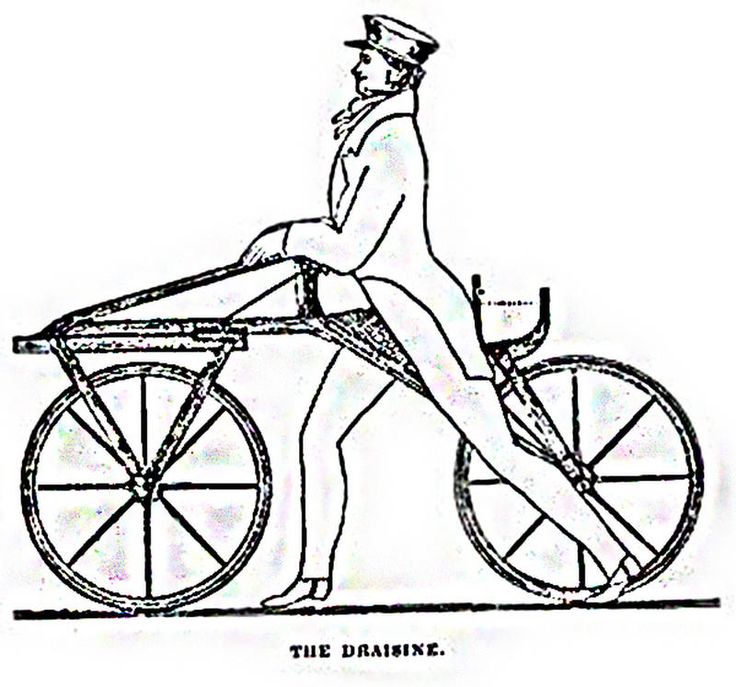A bicycle story
The Bicycle Story | A Tale of People and Bikes
Posted on February 7, 2017 by josh| Leave a comment
Hi Folks,
After six years of written interviews and stories and blog posts and one year of podcasting, it’s time to close the book on The Bicycle Story. I launched this project on Nov 1. 2010 with an interview with Stevil Kinevil. I wasn’t sure exactly what the path forward would be for the site, but the late 2000s bike culture boom was reaching its peak and there were a seemingly endless number of fascinating characters in the bike world about whom I wanted to know more. Luckily, it turned out there were lots of readers who were also interested in the lives of bike racers, adventurers, advocates, industry insiders, dirt bags and wild women and men.
Over the years, the site grew beyond my expectations and gave me the opportunity to interview so many awesome individuals. Adonia Lugo, Oboi Reed, Ed Ewing and many others illuminated how race and class can remain barriers to cycling.
Jeremy Powers and Stephen Hyde and Mo Bruno Roy gave readers a glimpse into what it takes to perform at the highest levels of the sport. Artists and artisans such as Brian Vernor and Martina Brimmer shared their craft. Adventurers such as Nick Carman, Jill Homer, and Alastair Humphreys took us along on their rides to the far corners of the globe.
When I launched the podcast last year, my intentions were threefold: breath some new life into the site, give myself an opportunity to experiment with podcasting, and create a revenue-generating product. The first two items were grand successes. The latter, much less so. In order for podcast sponsorship to work, the podcast needs a fairly large listenership. My hope was to sustain the podcast through listener support via Patreon pledges while building up a sponsorship-worthy audience. Unfortunately neither really happened. There were a handful of extremely generous listeners who made pledges and helped keep the project going for as long as it did.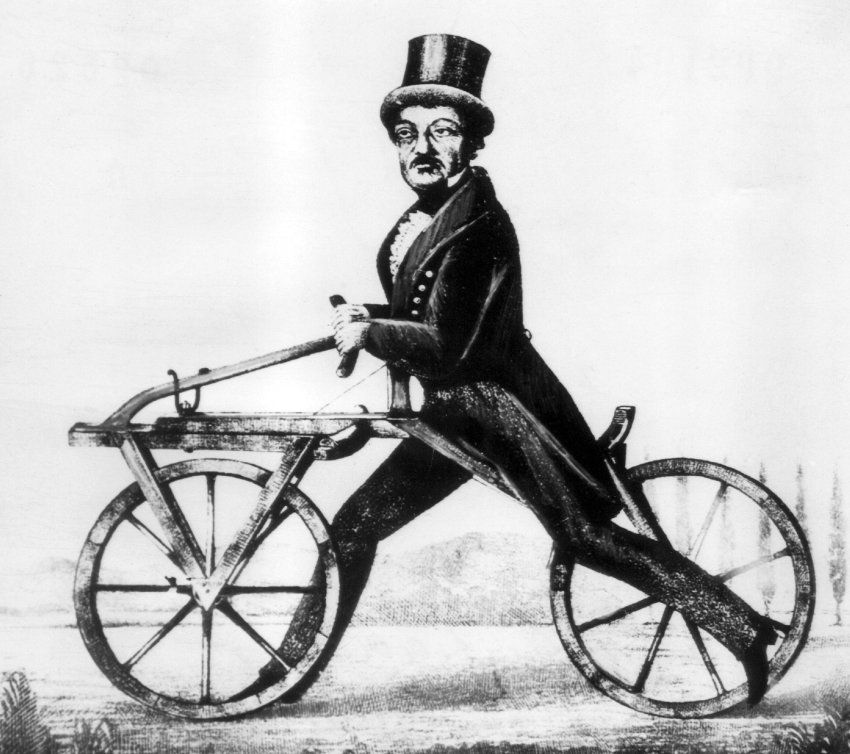 I am eternally grateful for their kindness and support! But ultimately the Patreon base and the overall audience remained fairly stagnant over time and never reached the sort of sustainability I needed.
I am eternally grateful for their kindness and support! But ultimately the Patreon base and the overall audience remained fairly stagnant over time and never reached the sort of sustainability I needed.
I realize this might sound like sour grapes, but I promise you it’s not! I recognize there were plenty of things I did (or didn’t do) to help the podcast reach its full potential. More importantly, I am deeply humbled and have nothing but gratitude for all The Bicycle Story’s readers and listeners and supporters and interviewees over the years. It’s been a fantastic and satisfying ride.
Though there won’t be any new interviews or episodes on The Bicycle Story from here on out, the site will remain online. You can help me offset hosting costs (and clear out my closet!) by picking up a Bicycle Story tee from the shop. They’re deeply discounted right now and shipping is free anywhere in the U.S.
So once again, thank you to all the amazing people who shared their stories over the years.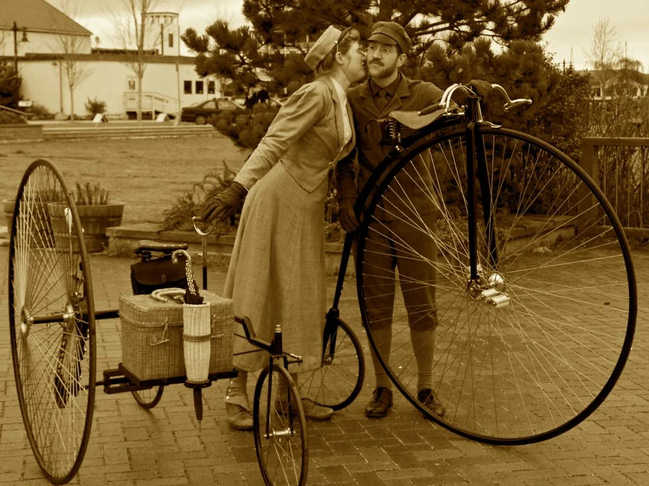 And thank you to all the readers and listeners for your support. The Bicycle Story could not have existed without you.
And thank you to all the readers and listeners for your support. The Bicycle Story could not have existed without you.
All my best,
Josh
Note: This post originally appeared on the site on December 14, 2016, but a hacker got in and messed things up, so I’m reposting.
Posted on December 1, 2016 by josh| 1 Comment
Steve “Doom” Fassbinder is a bad-ass adventurer who combines mountain biking, rock climbing, and pack rafting to explore deep into desert, mountain, and coastal wilds. His trips require the sort of endurance and suffering that tend to either leave you in awe or scratching your head wondering why. Steve and I talked about his motivations to keep pushing his personal limits, as well as how he got into this sort of adventuring in the first place, his proudest moments, balancing risk and reward, teaching the next generation of adventurers, and a whole lot more.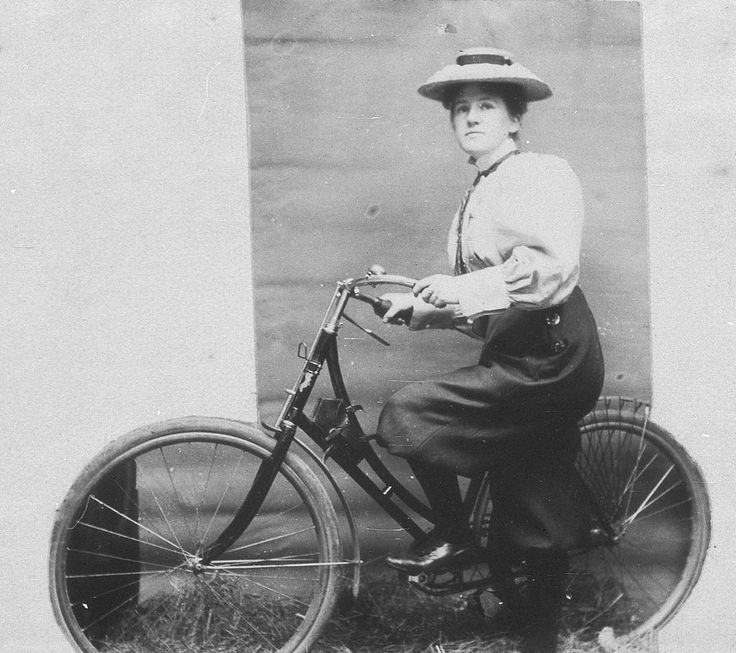
Our theme music is by Will McKindley Ward.
Photo credit: Andrew Burr
If you like the podcast please rate it iTunes, subscribe, share it on social media, and make a pledge at The Bicycle Story Patreon.
Posted in Adventure, Bike Touring, Mountain Biking, The Podcast
Tagged adventure, alaska lost coast trip, bike packing, devo explorers, doom, mike curiak, mountain biking, pack rafting, packrafting, steve "doom" fassbinder, steve fassbinder
Posted on November 17, 2016 by josh| 3 Comments
Tamika Butler is the Executive Director of the Los Angeles County Bicycle Coalition. She’s only been working in bike advocacy for two years, but she’s already made a big impression on the national bike advocacy world, in large part because of her contribution to the conversation and work around equity, inclusion and intersectionality.
The Bicycle Story podcast is made possible because of listener donations. Make a pledge today to The Bicycle Story Patreon to help keep the show going!
Posted in Advocacy, The Podcast
Tagged bike advocacy, bike podcast, cycling in la, cycling podcast, equity, equity in bike advocacy, intersectionality, lacbc, los angeles bicycle coalition, tamika butler, women and cycling
Posted on October 27, 2016 by josh| 4 Comments
Amanda Batty is a professional mountain bike racer and sometimes freelance writer. A little over a year ago she was embroiled in controversy after calling out a colleague for using a date rape metaphor in his review of a new bike. The fall out was swift and ugly and put Amanda on the receiving end of harassment and death threats.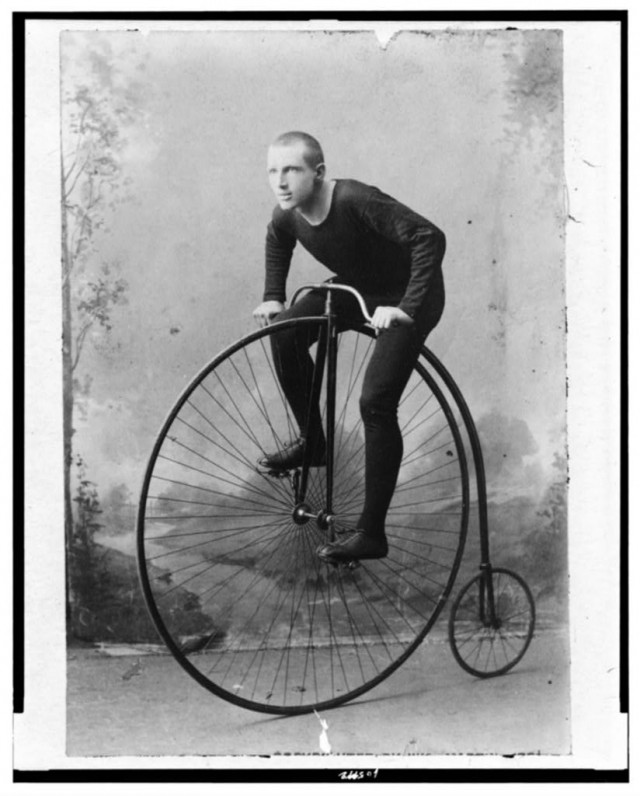 We spoke about her racing life, attempt to break into the highest levels of downhill racing, and the pervasive problem of rape culture and misogyny in the bike industry and culture at large.
We spoke about her racing life, attempt to break into the highest levels of downhill racing, and the pervasive problem of rape culture and misogyny in the bike industry and culture at large.
The Bicycle Story theme music is by Will McKindley-Ward.
Posted in Bike Industry, Cycling Media, Racing, The Podcast
Tagged amanda batty, bike racing, downhill mountain biking, harassment, mountain bikes, pink bike, rape culture, women and cycling, women bike
Posted on October 12, 2016 by josh| Leave a comment
Anna Brones is a journalist and author of Hello, Bicycle, Fika: The Art of the Swedish Coffee Break, and The Culinary Cyclist.
Theme music is by Will McKindley-Ward.
Support this podcast by making a pledge on Patreon, sharing the episode with your friends, buying swag, and rating it in iTunes.
Posted in Adventure, Bike Touring, Cycling Media, The Podcast
Tagged afghan cycles, anna brones, bike books, bike food, bike touring, cycling food, cycling in paris, elly blue, fika, french cycling, hello bicycle, the culinary cyclist
alaska lost coast trip | The Bicycle Story
Posted on December 1, 2016 by josh| 1 Comment
Steve “Doom” Fassbinder is a bad-ass adventurer who combines mountain biking, rock climbing, and pack rafting to explore deep into desert, mountain, and coastal wilds. His trips require the sort of endurance and suffering that tend to either leave you in awe or scratching your head wondering why. Steve and I talked about his motivations to keep pushing his personal limits, as well as how he got into this sort of adventuring in the first place, his proudest moments, balancing risk and reward, teaching the next generation of adventurers, and a whole lot more.
Steve and I talked about his motivations to keep pushing his personal limits, as well as how he got into this sort of adventuring in the first place, his proudest moments, balancing risk and reward, teaching the next generation of adventurers, and a whole lot more.
Our theme music is by Will McKindley Ward.
Photo credit: Andrew Burr
If you like the podcast please rate it iTunes, subscribe, share it on social media, and make a pledge at The Bicycle Story Patreon.
Posted in Adventure, Bike Touring, Mountain Biking, The Podcast
Tagged adventure, alaska lost coast trip, bike packing, devo explorers, doom, mike curiak, mountain biking, pack rafting, packrafting, steve "doom" fassbinder, steve fassbinder
-
Search for:
Ads
-
Recent Posts
- The End
- Episode 13 – Steve “Doom” Fassbinder
- Episode 12 – Tamika Butler
- Episode 11 – Amanda Batty
- Episode 10 – Anna Brones
Categories
- Adventure
- Advocacy
- Art
- Bike Industry
- Bike Touring
- Cycling Media
- Cyclocross
- Everything Else
- Frame Builders
- History
- Interviews
- Mechanics
- Messengers
- Mountain Biking
- My First Bike
- Racing
- Randonneuring
- Reviews
- The Podcast
- Uncategorized
Archives
Archives Select Month February 2017 December 2016 November 2016 October 2016 September 2016 August 2016 July 2016 May 2016 April 2016 March 2016 January 2016 December 2015 October 2015 September 2015 July 2015 June 2015 May 2015 April 2015 March 2015 February 2015 January 2015 December 2014 November 2014 October 2014 September 2014 August 2014 July 2014 June 2014 May 2014 April 2014 March 2014 February 2014 January 2014 December 2013 November 2013 October 2013 September 2013 August 2013 July 2013 June 2013 May 2013 April 2013 March 2013 February 2013 January 2013 December 2012 November 2012 October 2012 September 2012 August 2012 July 2012 June 2012 May 2012 April 2012 March 2012 February 2012 January 2012 December 2011 November 2011 October 2011 September 2011 August 2011 July 2011 June 2011 May 2011 April 2011 March 2011 February 2011 January 2011 December 2010 November 2010 October 2010
The history of the bicycle
Bicycle is an important part of human life in the modern world. We use the bike during our leisure time, as a permanent means of transport for trips around the city, for fitness and sports, etc. It is hard to imagine that there was once a time when the bicycle did not exist. Since the invention of the two-wheeled horse, it has improved significantly, but the basic principle has remained unchanged - these are two wheels, a frame and pedals.
We use the bike during our leisure time, as a permanent means of transport for trips around the city, for fitness and sports, etc. It is hard to imagine that there was once a time when the bicycle did not exist. Since the invention of the two-wheeled horse, it has improved significantly, but the basic principle has remained unchanged - these are two wheels, a frame and pedals.
Mythbusting
The official date of the invention of the bicycle is 1817, when the German professor Baron Karl von Dresz created a model of a “running machine”. But the authorship of the miracle machine was attributed to many other people. Perhaps the most famous of them is the Italian Renaissance artist Leonardo da Vinci. However, there was no scientific confirmation that the drawings of a two-wheeled bicycle with a steering wheel and a chain drive were genuine.
Also the championship of the invention of the bicycle was not confirmed in 1791 year by the Comte de Sivrac. This story was invented by the French journalist Louis Baudry.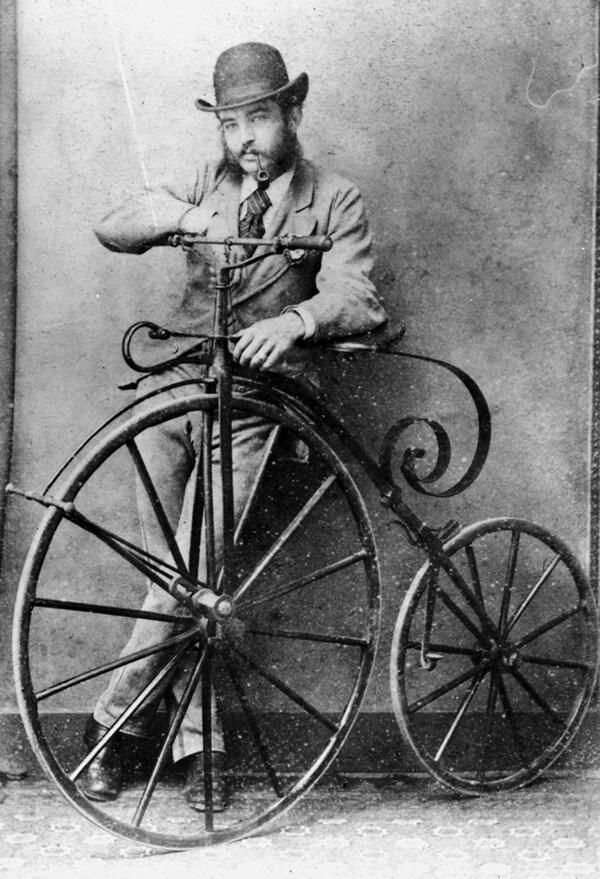 In fact, the Count de Sivrak never existed, his prototype was Jean Henry Sivrak, who was selling four-wheeled carriages.
In fact, the Count de Sivrak never existed, his prototype was Jean Henry Sivrak, who was selling four-wheeled carriages.
The story about the invention in 1800 of the “outlandish scooter” by the Ural serf Efim Artamonov is also a falsification. This information first appeared in V. D. Belov's book "Historical Sketch of the Ural Mining Plants", published in 1898 in St. Petersburg. According to legend, Artamonov traveled from the village of Tagil (now Nizhny Tagil) to Moscow to show his know-how to Tsar Alexander I. After a successful bike ride, Artamonov and his family were released from serfdom. Chemical analysis of Artamonov's bicycle showed that it was produced at the end of the 19th century. No documents confirming Artamonov's story have been found. Most likely, the prototype of the Ural inventor was the peasant E. G. Kuznetsov-Zhepinsky, who received his freedom in 1801 for the invention of a droshky with a verstometer and a musical organ.
The invention of the bicycle
Baron Karl Dresz was born in Karlsruhe, Germany.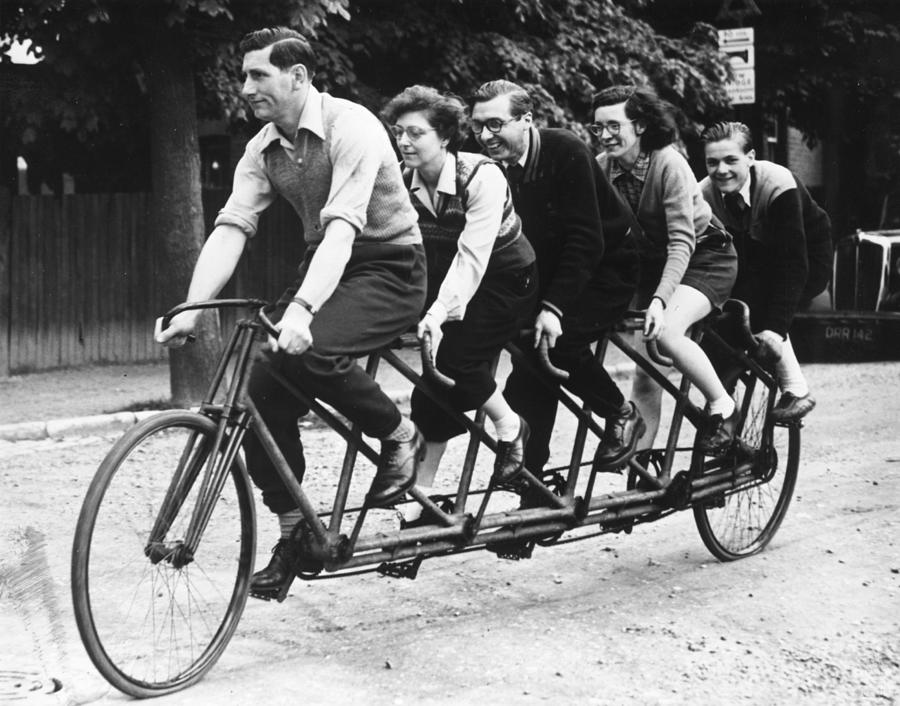 He was educated at Heidelberg University where he studied architecture, physics and agriculture. In 1817, the inventor presented to the world a strange construction of a wooden frame, a steering wheel and two wheels, which he called a “running machine”. In fact, this is a balance bike, because there were no pedals yet.
He was educated at Heidelberg University where he studied architecture, physics and agriculture. In 1817, the inventor presented to the world a strange construction of a wooden frame, a steering wheel and two wheels, which he called a “running machine”. In fact, this is a balance bike, because there were no pedals yet.
Drez's invention soon gained wide popularity in England. Here, under the name "dandy-horse", carriage manufacturers began to produce it.
The first significant improvement to the "running machine" occurred in 1840, when the Scottish blacksmith Kirkpatrick Macmillan attached pedals and a saddle to it. It was then that he became almost the same as we know him today. It was driven by pedals connected to the rear wheel by metal rods. The steering wheel allowed to turn the front wheel to the right and left. But in the middle of the 19th century, news did not travel as fast as in our age of the Internet, so when, 22 years later, the Frenchman Pierre Lallem came up with the idea to equip the Dandy Horses with pedals, he knew nothing about Kirkpatrick MacMillan. Lalman's pedals had to be turned, not pushed.
Lalman's pedals had to be turned, not pushed.
The evolution of the bicycle
Then France became the center of development of the bicycle business. It was here that in 1864 the Olivier brothers launched the mass production of "dandy horses" with pedals. That's when the word velocipede appeared, which consists of the Latin velox (fast) and pes (foot).
For some time, the penny-farthing bicycle became very popular in Europe and America. It featured a large front and small rear wheel. The pedals were placed on the front hub, and the saddle was directly above the wheel. This design provided a good roll forward, but due to the height of the seat and the shift of the center of gravity forward, the trips on it were unsafe. Therefore, over time, manufacturers returned to the previous design of the bike.
In 1867, the Englishman Cowper improved the bike by designing a spoked metal wheel. And 11 years later, another English engineer, Lawson, designed a chain drive. But in order to gain mass distribution, the two-wheeled car lacked something else. Indeed, for many, the bike continued to be too extreme due to strong shaking while riding, it was not by chance that it was called “bone shaker”. But this nickname lost its relevance when, in 1888, the Scotsman John Boyd Dunlop invented inflatable rubber tires. The bike has become much more convenient, which has contributed to an increase in its popularity.
But in order to gain mass distribution, the two-wheeled car lacked something else. Indeed, for many, the bike continued to be too extreme due to strong shaking while riding, it was not by chance that it was called “bone shaker”. But this nickname lost its relevance when, in 1888, the Scotsman John Boyd Dunlop invented inflatable rubber tires. The bike has become much more convenient, which has contributed to an increase in its popularity.
Car VS Bicycle
At the beginning of the 20th century, cycling was going through hard times. The reason was the massive development of the automotive industry. Demand for bicycles fell, large factories for the production of two-wheeled vehicles were closed. Due to the construction of roads, the conditions for cycling began to deteriorate. Car owners were annoyed by riders on the roads, and the police considered the car a priority mode of transport. So by the middle of the last century, the bicycle began to be considered entertainment for children.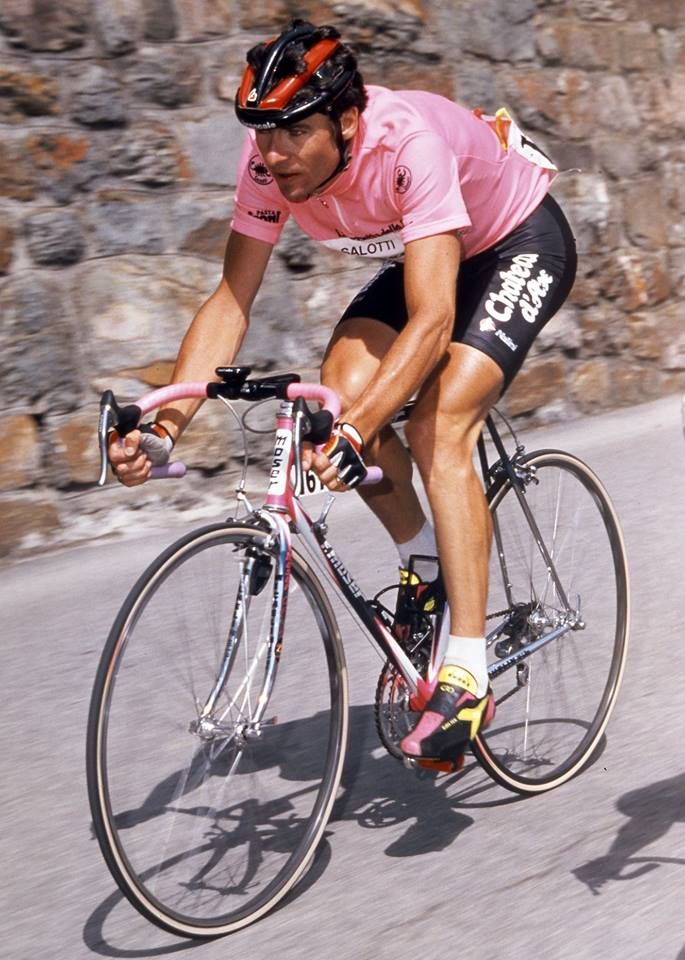
It took a few more decades for humanity to realize the damage caused by cars to the environment. Organizations promoting cycling and a healthy lifestyle began to appear all over the world. Many large cities began to create comfortable conditions for cycling, and the production of bicycles began to grow rapidly.
The latest bicycle improvements
Today, dozens of manufacturers are improving bicycle technology every day. The bike becomes lighter, more comfortable and safer.
The main frame material is aluminum alloy, which can significantly reduce the weight of the product. But many professional models use carbon, which is even lighter and stronger than aluminum.
The most advanced type of brakes are hydraulic disc brakes. They provide more precise braking and have a large margin of safety.
Since 2014, the standard 26" tires have been replaced by 27.5" and 29" tires. These tires are characterized by greater flotation and provide a quick set of speeds.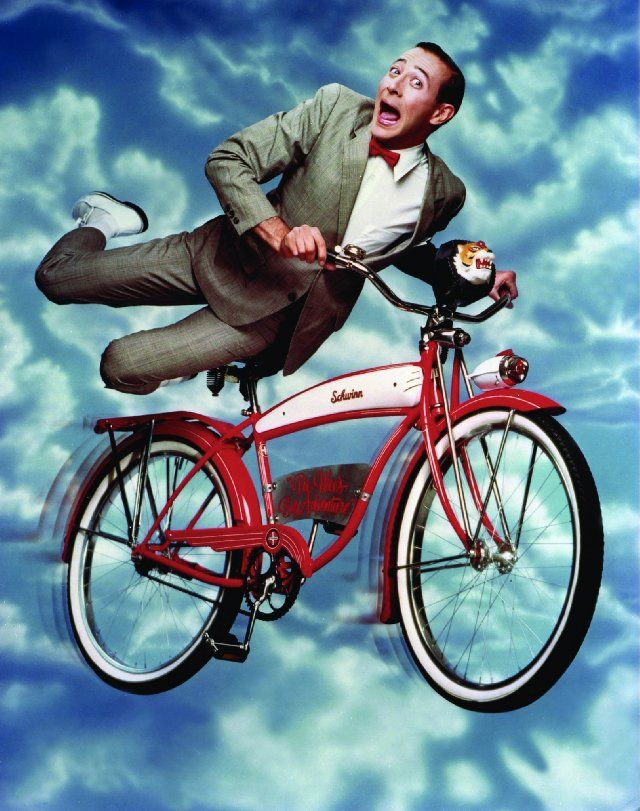
Electric bicycles have also become widespread recently. The presence of a motor allows you to overcome considerable distances without making great physical effort. This is very true for the elderly and those who spend a lot of time on the road.
In 2018, bicycles have become even more diverse and perfect! Choose bikes from our catalog of men's and women's bikes!
Various
We welcome cyclists of all ages!
In this most interesting section of our site you will find articles about bicycles, carefully collected and written by us. They reflect all the most necessary technical knowledge about bicycle technology, advice from professionals from the world of cycling, interesting facts and many other entertaining things.
If you are a beginner and do not yet understand complex terms or can not catch technical subtleties, then our experts will always assist you in choosing a bike or explain this or that article - just leave a comment.
Our collection of articles about bicycles and everything related to them is constantly updated and is added, and we strive to ensure that you have no questions left. But if they do arise - do not hesitate to ask, you will always be answered!
But if they do arise - do not hesitate to ask, you will always be answered!
All Top ten most read articles Brands, manufacturers Cycling clothes and shoes Bicycle trips Bicycle and safety Bicycle and city Bicycle and health Bicycle and sex Bicycle and creativity Bicycle equipment Bicycle accessories Bicycle parts (bike parts) Bicycle personalities Cycling Bicycle tuning Bicycle selection Mountain bikes Skiing Children's bicycles Clothes, shoes and accessories for winter skiing Preparation of winter equipment pokatushki Buying a bike Various Bicycle repair and maintenance scooters Sledges and snow scooters Bicycle assembly slopes Snowboard Snowboard and ski for kids Test reviews cycling technique Alpine skiing technique snowboarding technique Electric bikes electric scooters English-Russian Dictionary
cycling terms Dictionary of a cyclist
- Brands, manufacturers
- Cycling clothes and shoes
- Bicycle trips
- Bicycle and safety
- Bicycle and city
- Bicycle and health
- Bicycle and sex
- Bicycle and creativity
- Bicycle equipment
- Bicycle accessories
- Bicycle parts (bike parts)
- Bicycle personalities
- Cycling
- Bicycle tuning
- Bicycle selection
- Mountain bikes
- Skiing
- Children's bicycles
- Clothes, shoes and accessories for winter skiing
- Preparation of winter equipment
- pokatushki
- Buying a bike
- Various
- Bicycle repair and maintenance
- scooters
- Sledges and snow scooters
- Bicycle assembly
- slopes
- Snowboard
- Snowboard and ski for children
- Test reviews
- cycling technique
- Alpine skiing technique
- snowboarding technique
- Electric bikes
- electric scooters
Bicycle ride.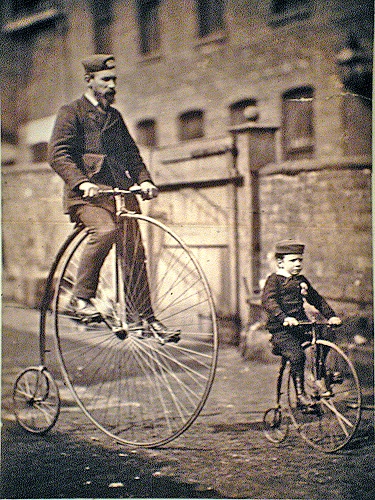 What it is?
What it is?
Today we will discuss how rolling affects movement and why it takes so much attention.
Planetary hubs: pros and cons
Internal shifting, or shifting without shifters
Aluminum alloys: 7005 and 6061 - which is better?
What is the best aluminum alloy for your bike?
Bicycle records
Unusual records, unusual bikes, unusual people
Cycling records
Incredible distances, super speeds and unusual ways of riding
Seasonal storage in VeloDrive
The 2020-2021 storage season is just around the corner! We take your bikes to the warehouse!
Cycle paths
Cycle paths instructions for use
Dictionary of a cyclist
Interpretation of basic cycling terms.